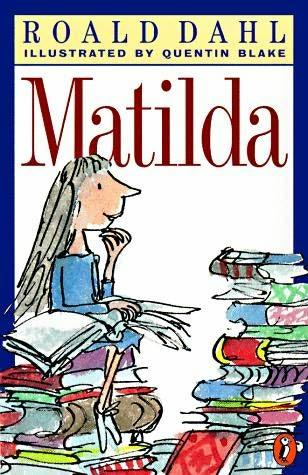While I cannot remember all of the instances where I was forced to sit by a computer chair and read aloud to a mother who made me restart until she heard me pronounce every word, I can recall reading one pop-up picture book entitled Counting on Angels. The story’s main focus is teaching children the numbers one through ten with the use of cool and neutral colors that spring to life once they open a new page; but looking back, there were other elements of the book that I didn’t catch on to when I was younger.
The imagery of angels ties into Christianity, and while I do not remember any references to God, the book mentions prayer at the very end. Throughout the ten-page story, the angels are seen as figures looking over children as they prepared for bed. They are always present, but never speak to the children directly. Towards the end when they see that their “work is done” for the day, they fly off and go to other sleepy children to protect them as well. This was a subtle approach to introducing me to religion without having to throw me right into creation stories or bible verses. It allowed for me to realize that I was being watched over and protected all of the time. It was comforting to know that children like myself had guardians, and that they were benevolent beings that only wanted my safety and happiness.
Another interesting aspect of the book is that this is my first memory of diverse characters in a picture book. Like the angels tying into Christianity, I did not pick up on this consciously. There were angels of all races, which shows that the author/illustrator intended for the book to include more than one type of person. For children, this could send off a message that anyone could be an angel regardless of how they looked, and that they were protected and loved unconditionally.
Counting on Angels is simple and provides a type of interaction that one would find in most children’s books, but there are still features of it that I still probably haven’t analyzed in my adulthood. If I ever have the chance, I would like to find this book again and see what other messages I may find.







